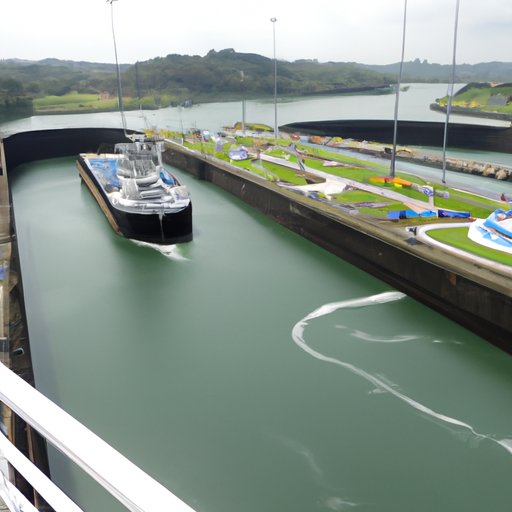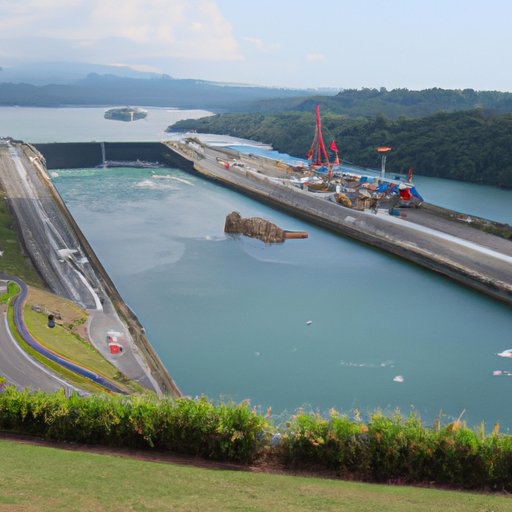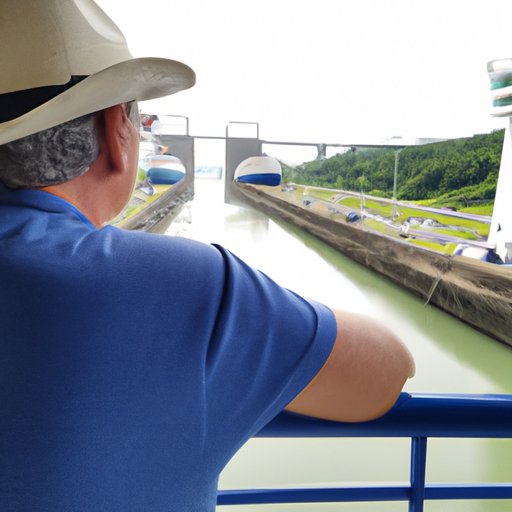Introduction: Exploring the Engineering Behind the Panama Canal
The Panama Canal has been a key player in global trade since opening in 1914. This 50-mile waterway connects the Atlantic and Pacific Oceans, allowing ships to pass between them without having to go around the entire continent of South America. This feat of engineering has had a profound impact on maritime travel and international commerce, making it one of the most important waterways in the world.
In this article, we’ll explore the history and operation of the Panama Canal, as well as the impacts it has had on global trade and boating. We’ll also provide an overview of navigating the canal for boat travelers.
A Look at the History of the Panama Canal
The idea of a canal connecting the Atlantic and Pacific Oceans has been around for centuries, but it wasn’t until the 19th century that plans for such a project began to take shape. In 1881, the French began construction on the canal, but after years of costly delays, they abandoned the project in 1889.
In 1902, the United States took over the project, with President Theodore Roosevelt leading the charge. The Americans were able to complete the canal in 1914, and it officially opened on August 15th of that year. Since then, the canal has undergone several expansions and improvements, with the most recent set of enhancements completed in 2016.
According to Dr. Charles T. Menzie, Jr., a professor of civil engineering at the University of Florida, “The Panama Canal is widely considered a masterpiece of engineering and a monumental achievement in human history.”
How the Panama Canal Works: A Step-by-Step Guide
So how exactly does the Panama Canal work? Here’s a step-by-step guide to how ships traverse the waterway:
1. Ships enter the canal from either the Atlantic or Pacific side and are inspected by the Panama Canal Authority (ACP).
2. The ACP assigns a pilot, who will remain with the vessel for the duration of the transit. This pilot will help the ship navigate the canal.
3. The vessel is then guided through the locks, which raise and lower the ship as it moves from one body of water to the other.
4. When exiting the locks, the vessel enters Gatun Lake, a man-made lake that was created when the Chagres River was dammed to create the canal.
5. The vessel then travels across the lake before entering the Pedro Miguel Locks, which lowers the ship back down to sea level.
6. Finally, the vessel exits the canal into either the Atlantic or Pacific Ocean.
Impacts of the Panama Canal on Global Trade
Since its opening, the Panama Canal has had a major impact on global trade. According to the ACP, the canal handles approximately 5 percent of global trade each year. This translates to over 14,000 vessels passing through the canal annually.
The economic benefits of the canal are far-reaching, too. According to a study by the Organization for Economic Co-operation and Development (OECD), “The Panama Canal reduces voyage times, increases shipping capacity, and decreases costs for many goods, resulting in greater efficiency and productivity for global trade.”
The canal has also had an environmental impact. Due to the increase in ship traffic, there have been concerns about increased air pollution and ocean acidification. To address these issues, the ACP has implemented a number of initiatives, such as reducing emissions from vessels and educating the public about the importance of preserving the canal’s ecosystem.

Navigating the Panama Canal: An Overview for Boaters
For recreational boaters, navigating the canal can be an exciting experience. But it’s important to remember that the canal is a busy commercial waterway, so safety should always be the top priority.
The ACP recommends that boaters adhere to the following safety guidelines while navigating the canal:
• Follow all instructions from the canal pilots.
• Keep a sharp lookout for other vessels and obey the rules of the road.
• Maintain a safe speed, as the canal is narrow and congested.
• Be aware of your surroundings at all times.
It’s also important to note that the canal is subject to tidal fluctuations. Boaters should check the tide tables before attempting to navigate the canal.

Conclusion: Summary of the Panama Canal
The Panama Canal is a remarkable feat of engineering that has had a significant impact on global trade and maritime travel. Its construction and operation are complex but fascinating, and its effects on the environment and economy are far-reaching. For boat travelers, navigating the canal can be an exciting experience, but it’s important to follow all safety guidelines.
The Panama Canal is more than just a waterway—it’s a testament to the ingenuity of humankind and a reminder of the power of collaboration. It stands as a shining example of what can be achieved when people come together to pursue a common goal.

Final Thoughts on the Panama Canal
The Panama Canal is an impressive engineering feat that has transformed global trade and maritime travel. Its construction and expansion are a testament to the ingenuity of humankind, and its impacts on the environment and economy are far-reaching. For recreational boaters, navigating the canal can be an exciting experience, but it’s important to adhere to all safety guidelines.
(Note: Is this article not meeting your expectations? Do you have knowledge or insights to share? Unlock new opportunities and expand your reach by joining our authors team. Click Registration to join us and share your expertise with our readers.)
